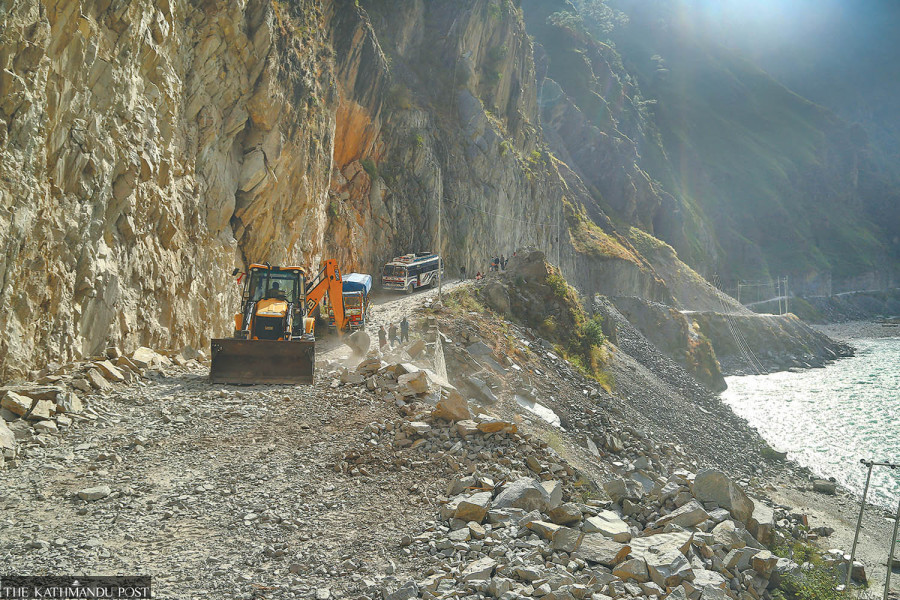Editorial
Beastly neglect
The deaths of 666 people on Karnali’s roads in the past five years is simply unacceptable.
Karnali Province has worryingly become synonymous with tragic road accidents, with deaths and injuries getting far too frequent. We aren’t even halfway through this fiscal year, and as many as 48 people have already died on Karnali’s roads. According to the Provincial Police Office in Surkhet, just in the second week of November, 17 accidents resulted in 12 fatalities and 132 injuries. And in the past five years, a total of 666 people in the province died for the same reason. This alarming data hints at systemic negligence and calls for immediate remedial action.
Karnali’s rugged topography is well-known, presenting natural challenges to smooth transport. But the blame for these accidents cannot be attributed solely on the province’s layout. In areas with a limited number of vehicles, reckless bus operators overload them, which contributes to accidents. Recently, a five-seater jeep jam-packed with 32 people crashed at Raduneta of Palata Rural Municipality-3 in Kalikot district, killing seven and injuring 13 others. Moreover, the vehicle operators tend to deceive the police by asking some passengers to get off the bus at security check-posts so the overcrowding goes unnoticed. The passengers are left with no option but to accept such wretched conditions, often out of necessity. The vehicle operators also justify their actions by claiming they cannot bar people who want to get inside packed buses, especially on routes where public transport is scarce.
Such problems could have been averted if the province had good roads and enough vehicles. The Karnali Highway was blacktopped eight years ago, but the asphalt has eroded in sections, making accidents more likely. Inaugurated in 1992 and operated in 2007, the state of the highway remains sub-par and inadequate to meet the province’s demands. Besides the Karnali Highway, Rapti, Mid-Hill Highway and other road sections also need upgrade and widening. Landslides during the monsoon obstruct these roads and pose danger to travellers. This absence of proper road infrastructure has not just affected the local people but also harmed Karnali’s tourism prospects and undercut its development aspirations.
There isn’t much interest, either at the federal or provincial level, in improving the state of Karnali’s roads. The focus of elected officials seems to be to open new tracks on unstable soil just to show that development has ‘arrived’ in Karnali. The region’s challenges are examples of systemic neglect. While it is commendable that many remote areas are now connected by roads, these paths should also be relatively safe and easy to traverse. Given such a large number of deaths and injuries, the federal and provincial governments should prioritise road safety as a matter of urgency.
Drivers, police and passengers—none of them can escape their responsibility while blaming the others for the accidents. They would all be better served if they joined hands to put pressure on governments to enhance the quality of roads and collaborate with the private sector to bring more vehicles to the province. Monitoring and supervision activities along the stretch of the Karnali Highway, where most accidents take place—from Bangesimal in Surkhet to Khalanga in Jumla—should be another priority. Nowhere in Nepal should people have to put their lives on the line while travelling for essential business.




 6.12°C Kathmandu
6.12°C Kathmandu














